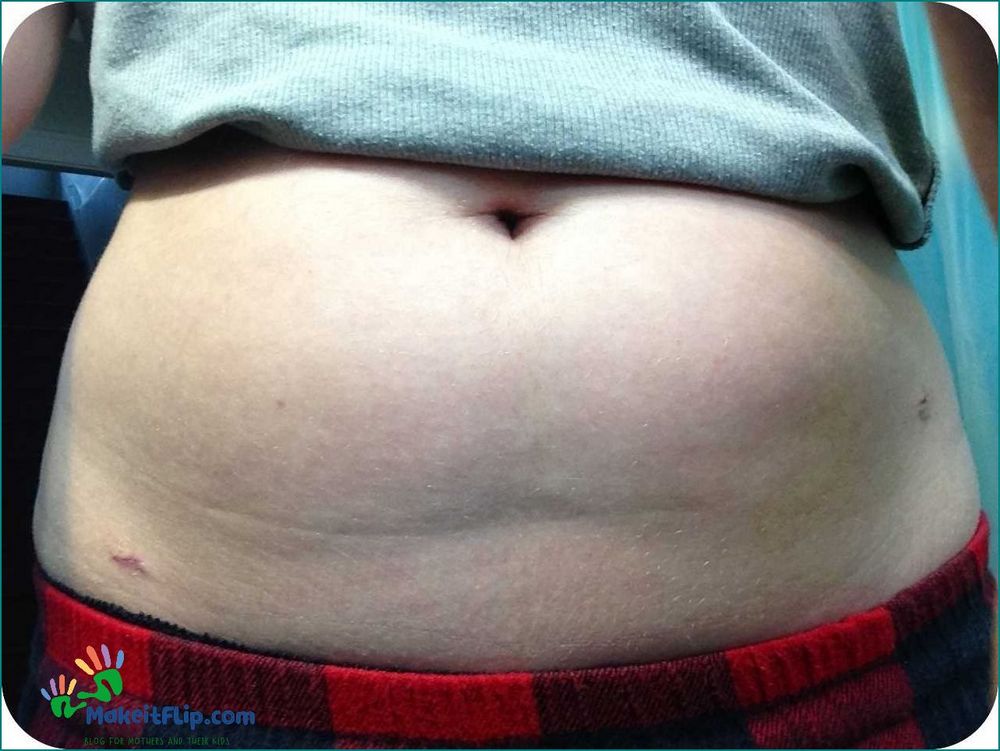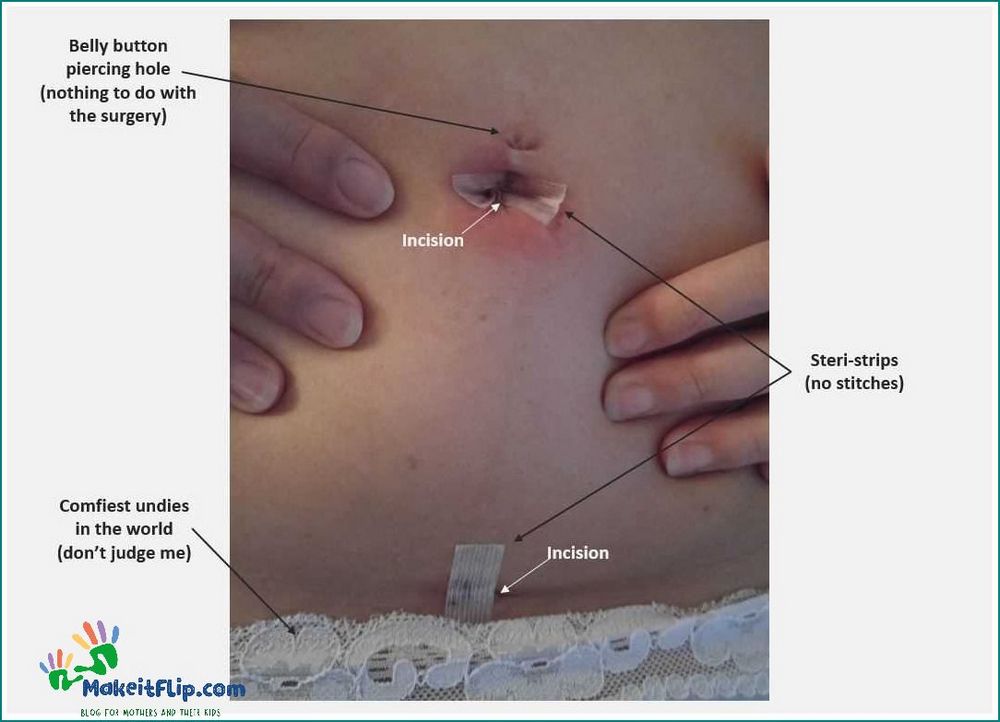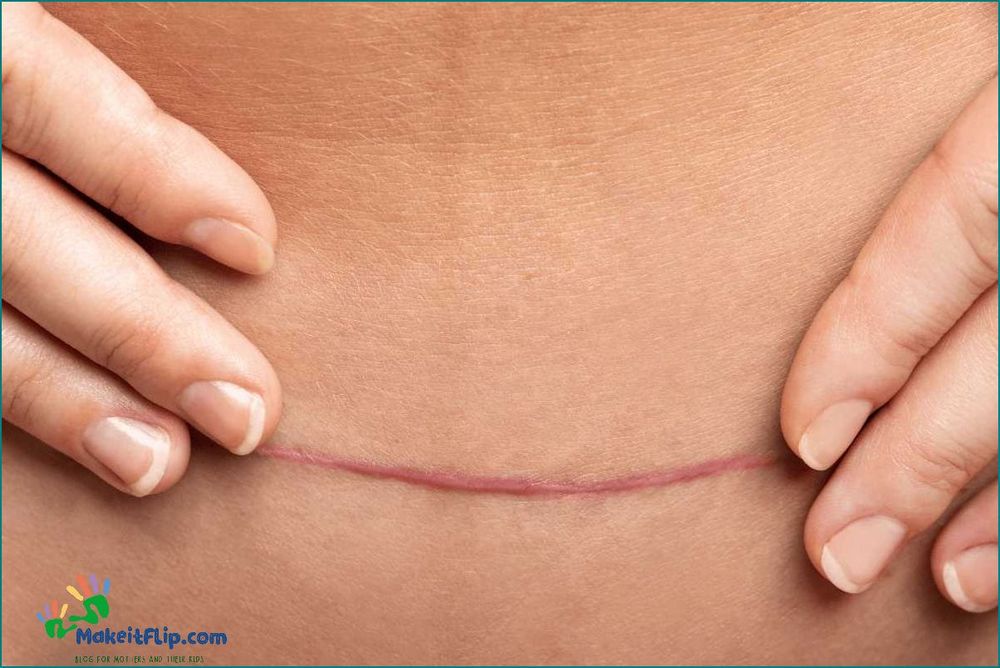Contents
Important Information about Tubal Ligation Scars: What You Should Know

When a woman undergoes tubal ligation surgery, a small incision is made in her abdomen to access the fallopian tubes. This incision is typically small and results in a scar that will heal over time. Understanding the healing process and what to expect from the tubal ligation scar can help alleviate any concerns or anxieties.
The healing of the tubal ligation scar is a natural process that varies from person to person. Initially, the scar may appear red or pink and feel tender to touch. Over time, the scar will fade and become less noticeable. It is important to keep the scar clean and dry to promote proper healing.
Tubal ligation can be performed using different methods, such as laparoscopy. With laparoscopy, small incisions are made in the abdomen to insert a camera and surgical instruments. These smaller incisions often result in smaller scars compared to traditional open surgery.
While the tubal ligation scar may be a reminder of the surgery, it is generally not a cause for concern. If you have any questions or concerns about your tubal ligation scar, it is best to consult with your healthcare provider for personalized advice and guidance.
Understanding Tubal Ligation Scars
When undergoing tubal ligation surgery, a small incision is made in the abdomen to access the fallopian tubes. This procedure, also known as tubal ligation or tubal sterilization, is commonly performed using laparoscopy. The incision is typically small and heals over time, leaving behind a scar.
The healing process of a tubal ligation scar varies from person to person. Some individuals may experience minimal scarring, while others may have more noticeable scars. Factors such as skin type, genetics, and the body’s natural healing process can all contribute to the appearance of the scar.
It is important to note that tubal ligation scars are generally small and discreet. They are typically located in the lower abdomen, near the bikini line, making them easy to conceal with clothing or swimwear.
After the surgery, it is essential to take proper care of the incision site to promote healing and minimize the risk of infection. This may involve keeping the area clean and dry, avoiding strenuous activities that could strain the incision, and following any post-operative instructions provided by the surgeon.
If you are concerned about the appearance of your tubal ligation scar, there are various options available to help improve its appearance. These may include scar creams, silicone sheets, or laser treatments. It is best to consult with a dermatologist or plastic surgeon to determine the most suitable treatment option for your specific scar.
Overall, understanding tubal ligation scars can help alleviate any concerns or anxieties you may have about the appearance of the incision site. Remember, scars are a natural part of the healing process, and with proper care, they can fade over time.
What is Tubal Ligation?
Tubal ligation, also known as tubal sterilization or having your tubes tied, is a surgical procedure that involves blocking or sealing the fallopian tubes to prevent pregnancy. It is a permanent form of contraception for women.
During the procedure, the surgeon makes a small incision in the abdomen or performs a laparoscopy to access the fallopian tubes. The tubes are then either cut, tied, clipped, or sealed using various techniques. This prevents the sperm from reaching the egg, thus preventing fertilization.
Tubal ligation is considered a safe and effective method of birth control. It is usually done under general anesthesia and typically takes about 30 minutes to an hour to complete. After the procedure, the incision or scars will heal over time, and most women can expect a full recovery within a few weeks.
It’s important to note that tubal ligation does not protect against sexually transmitted infections (STIs). If you are at risk of STIs, it is recommended to use barrier methods of contraception, such as condoms, in addition to tubal ligation.
Tubal ligation is a personal decision that should be discussed with a healthcare provider. They can provide you with more information about the procedure, its benefits, risks, and alternatives. It’s important to consider all factors and make an informed choice that is right for you.
How are Tubal Ligation Scars Formed?

Tubal ligation is a surgical procedure that involves blocking, sealing, or cutting the fallopian tubes to prevent pregnancy. This procedure is typically performed using laparoscopy, a minimally invasive technique that involves making small incisions in the abdomen.
During the tubal ligation surgery, the fallopian tubes are accessed through these small incisions. The surgeon then uses various methods, such as clips, rings, or cauterization, to block or seal the tubes. Once the procedure is complete, the incisions are closed using sutures or surgical glue.
As the incisions heal, scars form as a natural part of the body’s healing process. These scars may appear as small, raised bumps or as thin, flat lines on the skin. The size and appearance of the scars can vary depending on factors such as the individual’s healing ability and the surgical technique used.
It is important to note that tubal ligation scars are typically small and discreet, as the incisions made during laparoscopic surgery are usually less than an inch in length. In most cases, these scars will fade over time and become less noticeable.
After the surgery, it is important to follow the surgeon’s instructions for proper wound care and recovery. This may include keeping the incision sites clean and dry, avoiding strenuous activities that could strain the abdomen, and taking any prescribed medications to manage pain or prevent infection.
If you have concerns about the appearance or healing of your tubal ligation scars, it is best to consult with your surgeon. They can provide guidance on scar management techniques, such as silicone gel sheets or creams, that may help improve the appearance of the scars.
Types of Tubal Ligation Scars
When you undergo tubal ligation surgery, a small incision is made in your abdomen to access the fallopian tubes. This incision is necessary to perform the tubal ligation procedure. After the surgery, you will have a scar at the site of the incision.
The type of tubal ligation scar you have will depend on the specific technique used during your surgery. There are different methods of tubal ligation, including the use of clips, rings, or cauterization to block or seal the fallopian tubes.
Regardless of the technique used, the scar will go through a healing process. Initially, the scar may appear red, raised, or swollen. Over time, the scar will gradually fade and flatten, becoming less noticeable.
It is important to follow your doctor’s instructions for scar care and recovery after tubal ligation surgery. This may include keeping the incision clean and dry, avoiding strenuous activities, and using scar healing products or techniques recommended by your doctor.
Remember that each person’s healing process is unique, and it may take several months for the scar to fully heal and fade. If you have any concerns about your tubal ligation scar or the healing process, it is best to consult with your doctor for guidance and reassurance.
Managing Tubal Ligation Scars
After undergoing tubal ligation surgery, it is common to have a scar on your abdomen. This scar is the result of the incision made during the surgery to access the fallopian tubes for ligation. Managing tubal ligation scars is an important part of the recovery process.
There are several steps you can take to manage your tubal ligation scar and promote healing. First and foremost, it is important to keep the incision site clean and dry. This will help prevent infection and promote proper healing.
You can also apply topical treatments, such as silicone gel or sheets, to the scar. These treatments can help reduce the appearance of the scar and make it less noticeable over time. It is important to follow the instructions provided with these treatments and use them consistently for the best results.
In addition to topical treatments, massaging the scar can also help promote healing. Gently massaging the scar tissue can help break up any adhesions or tightness and improve blood flow to the area. This can help soften the scar and make it less noticeable.
If you notice any signs of infection, such as redness, swelling, or pus, it is important to seek medical attention. Your doctor may prescribe antibiotics to treat the infection and prevent further complications.
Overall, managing tubal ligation scars is a combination of proper wound care, topical treatments, and massage. By following these steps, you can help promote healing and minimize the appearance of the scar.
Scar Care After Tubal Ligation

After undergoing tubal ligation surgery, it is important to take proper care of the incision site on your abdomen to promote healing and minimize the appearance of the scar. Here are some tips for scar care after tubal ligation:
- Keep the incision area clean and dry. Gently wash the area with mild soap and water, and pat it dry with a clean towel.
- Avoid picking at or scratching the incision site, as this can increase the risk of infection and delay healing.
- Apply an antibiotic ointment or cream to the incision site as directed by your doctor. This can help prevent infection and promote healing.
- Cover the incision site with a sterile adhesive bandage or dressing to protect it from dirt and bacteria.
- Avoid exposing the incision site to direct sunlight, as this can cause the scar to darken and become more noticeable.
- Avoid strenuous activities and heavy lifting for the first few weeks after surgery to allow the incision site to heal properly.
- Follow your doctor’s instructions for any prescribed pain medication and take it as directed to manage any discomfort or pain.
- Attend all follow-up appointments with your doctor to monitor the healing process and address any concerns.
Remember, everyone’s healing process is different, and it may take several months for the scar to fade and become less noticeable. If you have any concerns about your scar or the healing process, don’t hesitate to reach out to your doctor for guidance and support.
FAQ about topic Tubal Ligation Scar What You Need to Know
What is a tubal ligation scar?
A tubal ligation scar is a small mark or incision on the abdomen or near the belly button that is left after a tubal ligation procedure. It is a permanent reminder of the surgery.
How long does it take for a tubal ligation scar to heal?
The healing time for a tubal ligation scar varies from person to person, but it typically takes about 2-3 weeks for the incision to heal completely. However, the scar may continue to fade and flatten over the course of several months.
Does a tubal ligation scar cause any pain or discomfort?
In most cases, a tubal ligation scar does not cause any pain or discomfort. However, some women may experience mild itching or tenderness around the scar area during the healing process. If you experience severe pain or any signs of infection, it is important to consult with your doctor.
Can a tubal ligation scar be removed or minimized?
In some cases, a tubal ligation scar can be removed or minimized through scar revision surgery or laser treatments. However, it is important to consult with a qualified plastic surgeon or dermatologist to determine the best course of action for your specific scar.
Are there any risks or complications associated with a tubal ligation scar?
In general, a tubal ligation scar is a safe and routine procedure with minimal risks. However, as with any surgery, there is a small risk of infection, bleeding, or scarring. It is important to follow your doctor’s post-operative instructions and report any unusual symptoms or complications.
I’m Diana Ricciardi, the author behind Makeitflip.com. My blog is a dedicated space for mothers and their kids, where I share valuable insights, tips, and information to make parenting a bit easier and more enjoyable.
From finding the best booster seat high chair for your child, understanding the connection between sciatica and hip pain, to exploring the benefits of pooping in relieving acid reflux, I cover a range of topics that are essential for every parent.
My goal is to provide you with practical advice and solutions that you can easily incorporate into your daily life, ensuring that you and your child have the best possible experience during these precious years.
